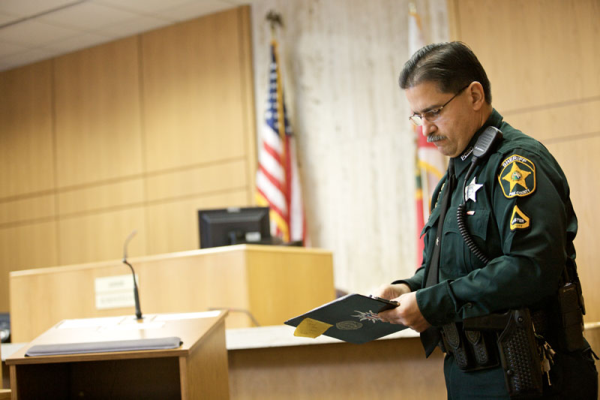Future Concern for Public Safety: Funding
Every year we make the glorious trip to Las Vegas to attend the Motorola Expo and follow up with IWCE (International Wireless Communications Expo). For geeks like me it lends to understanding new technologies and reviewing what new products and innovations the two way radio community develops.
This year lead to a better understanding of what Motorola is trying to accomplish and I believe with the follow up from the FCC on the D Block, I have a clear understanding as well. The D Block is the spectrum that the Government wants to allocate to Public Safety for the purposes of interoperability and a more uniform Public Safety platform. The D Block is a 10Mhz spectrum of the 700Mhz band which will allow a 4G system to be built for the exclusive use of Public Safety. With that they followed with the take back of the 470Mhz band. For those of you Police Departments, your exclusive T-Band frequencies are in jeopardy.
Most of our radio public safety users are using many disparate systems. Analog Radio, Digital Radio, CAD, RMS, Video and 9-1-1 just to name a few. This D Block creates the ability to have platforms that carry all of this data wirelessly to and from our First Responders. Voice, Video, Data and Radio will converge on some of these 4G platforms to get mug shots to squads, electronic ticketing, automatic license plate recognition and in the future, Voice. As for now, we need to be an advisor to our customers to:
1) Help educate them on the platforms
2) Help educate them on the technology
3) Help them put a plan together
4) Help educate and to secure the funding
5) Help them to do their jobs more effectively
Less clutter in the squad, faster response times, faster data transfers and faster video feeds. I may be making it sound too easy, and we all know it will be a challenge to get there, but it starts with education. Grant funding will drive these large applications as they are not for the simple at heart. Municipalities will be looking to study coming together or working better regionally to gain these funds.
As we end this year with narrowbanding coming into effect (January 1, 2013), we continue on with the D Block and educating ourselves on LTE networks for public safety. Long range plans need to be in place to secure the dollars needed to build these systems.


 This article was writting by
This article was writting by 